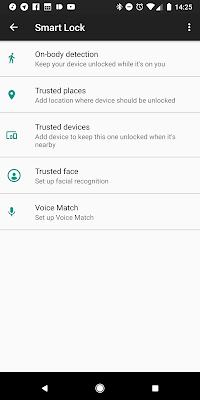Spam: Fighting the Machine
Hm. Did you come here to read about ham?
Spam is also defined as "irrelevant or inappropriate messages sent on the Internet to a large number of recipients." That’s probably the definition we should discuss.
While spam is usually delivered via the Internet, it can
also be distributed via traditional phone systems and cellular networks in the
form of texts and phone calls.
Generally, spam refers to unsolicited:
- SMS messages (texts)
- Social media messages
- Phone calls
How do “they” get to me?
Several avenues are available for acquiring your contact information.- You gave them the information directly.
- It is freely available on your social media profile.
- It was leaked in a breach.
- It was voluntarily shared by a 3rd party that you may or may not have authorized to sell/share your information.
But who are "they"?
Is it an individual person trolling me?
Most likely not. It’s usually one of two situations:- An actual spam bot/botnet run by people with dubious intent
- An organization that wants you to buy their product/service
Botnet - network of bots, usually very large in number
Some real-world information
- A very relevant incident from just a few months ago – The River City Media spam list. This list contained over 1 billion contacts.
- Twitter’s massive botnet – can be used to deliver spam
- The Spamhaus Project – organization that fights spam delivery. They have taken heat in the past for their work.
- “Spam Nation” – Brian Krebs, a well-known security journalist, has documented and uncovered details about spam delivery networks.
What can I do?
Before I list the options, let me point you to a great resource to use for monitoring your own accounts. This website - https://haveibeenpwned.com - is operated by a security professional named Troy Hunt, who lives in Australia and is well-known in the development security world. He’s also a Microsoft MVP and has authored/taught many development security courses.Now for the options:
Option 1: Forward that message to me (or another trustworthy security professional friend of yours). I like examining and investigating these things, and I can help you put a stop to it as well. If it is a social media profile - go ahead and report the profile.
Option 2: Delete it and go on about your day.
Option 3: Click/Tap/Respond. This usually is the worst thing you can do in response to spam. You don’t know who it is or where it came from, so your curiosity is piqued. You want to know where it’ll take you. A saying about curiosity and felines comes to mind.
Additional resources:





Comments
Post a Comment